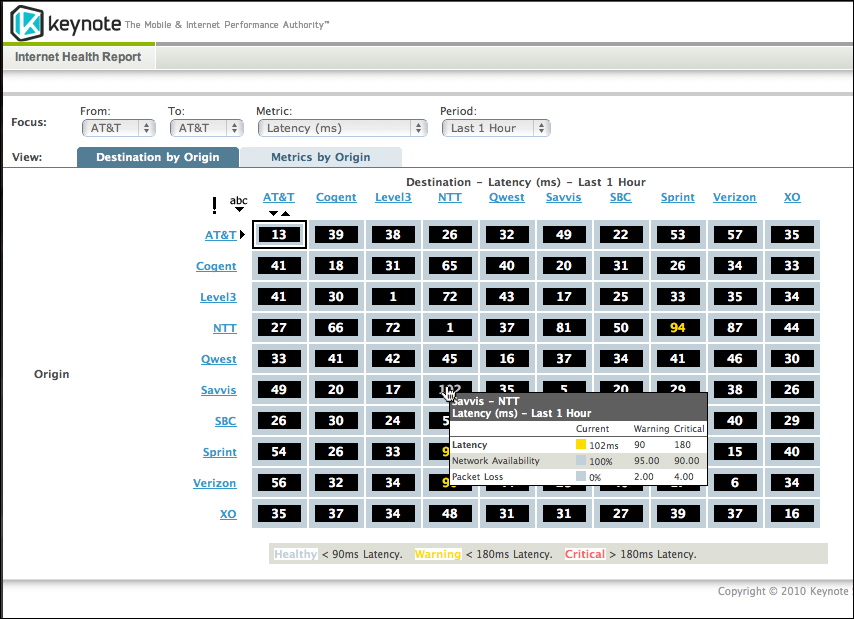10 Gb Ethernet over copper was all over Interop. Thanks to the industry leadership and confidence of innovators like Sanjay Kasturia (left), who as CTO and co-founder of Teranetics , the Santa Clara CA startup that created the first single chip CMOS PHY for 10G over copper. Sanjay is also editor-in-chief of the IEEE 802.11an task force. The standard was approved by the IEEE Standards Association Standards Board in June 2006 and published as recently as September 2006.
Thanks to the industry leadership and confidence of innovators like Sanjay Kasturia (left), who as CTO and co-founder of Teranetics , the Santa Clara CA startup that created the first single chip CMOS PHY for 10G over copper. Sanjay is also editor-in-chief of the IEEE 802.11an task force. The standard was approved by the IEEE Standards Association Standards Board in June 2006 and published as recently as September 2006.
10G Ethernet over fiber has been around since 2001 but with the much higher cost of cabling and electronics (5X higher cost) together with the special handling requirements of working with fiber cables, it is easy to see how 10G Ethernet over copper will win. Cabling-wise, the specification supports Cat. 6 up to 55 m, Cat. 6A up to 100 m but is silent on Cat 5e. (I heard that it works with Cat. 5e but only up to 45 m).
Since standard ratification, the company has ramped up to 60 people, has five NIC vendors using their silicon and at least two switch vendors – Fujitsu and Foundry – who are leveraging the XENPACK MSA-compliant product module to upgrade their large installed base of switches.
So where can people use so much capacity?
First of all, as Sanjay had explained to me, "it's just like Ethernet" which was the feedback from Teranetics' own IT staff. Early production runs of NICs were presented to the company's IT dude who installed it in a few servers to develop a view to operational and performance characteristics. Clearly, this offering starts as a data center product upgrading 1G copper deployments in the data center at a much more cost effective point than 10G fiber solutions. It also has applicability to the server farms of Content Delivery Networks and video server farms like YouTube where the support for rapid movement of a large number of large files is valued.
We won't be seeing any copper-based MANs or WANs though. Ethernet over fiber really plays well in the MAN and WAN as noted by Yipes and Masergy.
Don't expect to see it on the desktop either. My friend Phil Edholm suggests that the human eye and retina assembly can't process more than about 40 Mbps of information streams. So, processing Gb or even 10 Gb will need to have a more direct input to the human brain.
There's plenty of applications in the data center.










